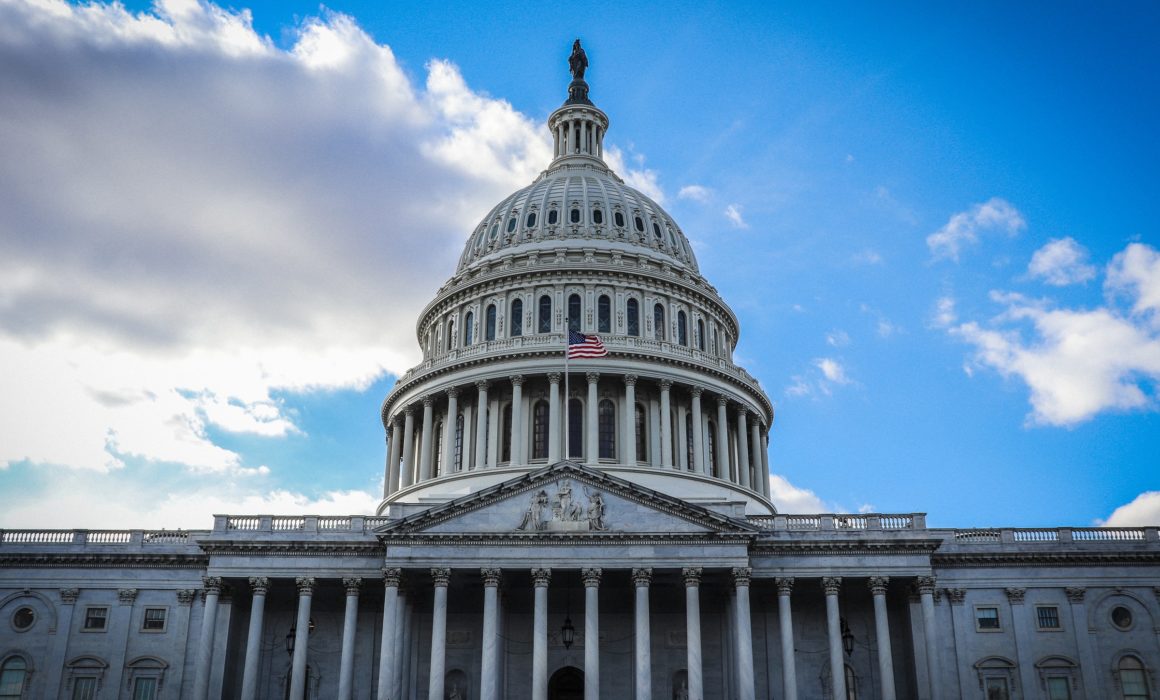
America watched in disbelief on Jan. 6 as a mob of President Trump supporters descended upon the nation’s Capitol seeking to overthrow a legitimate presidential election and the will of the American people. Not since the War of 1812, when British forces set fire to the Capitol, had Washington been overrun with violent insurrectionists.
Some of those breaking into the Capitol building — where lawmakers hid in fear of their lives — were white supremacists, wearing Nazi slogans and carrying Confederate flags. Several people died during or shortly after the mayhem.
It wasn’t just adults viewing these disturbing events on live TV. Students were also watching.
For some educators it was a moment that could not be ignored. Students had questions and were looking to teachers for answers because they were bewildered, frightened and upset. Some wondered whether the events in Washington were normal, since they had no basis for comparison.
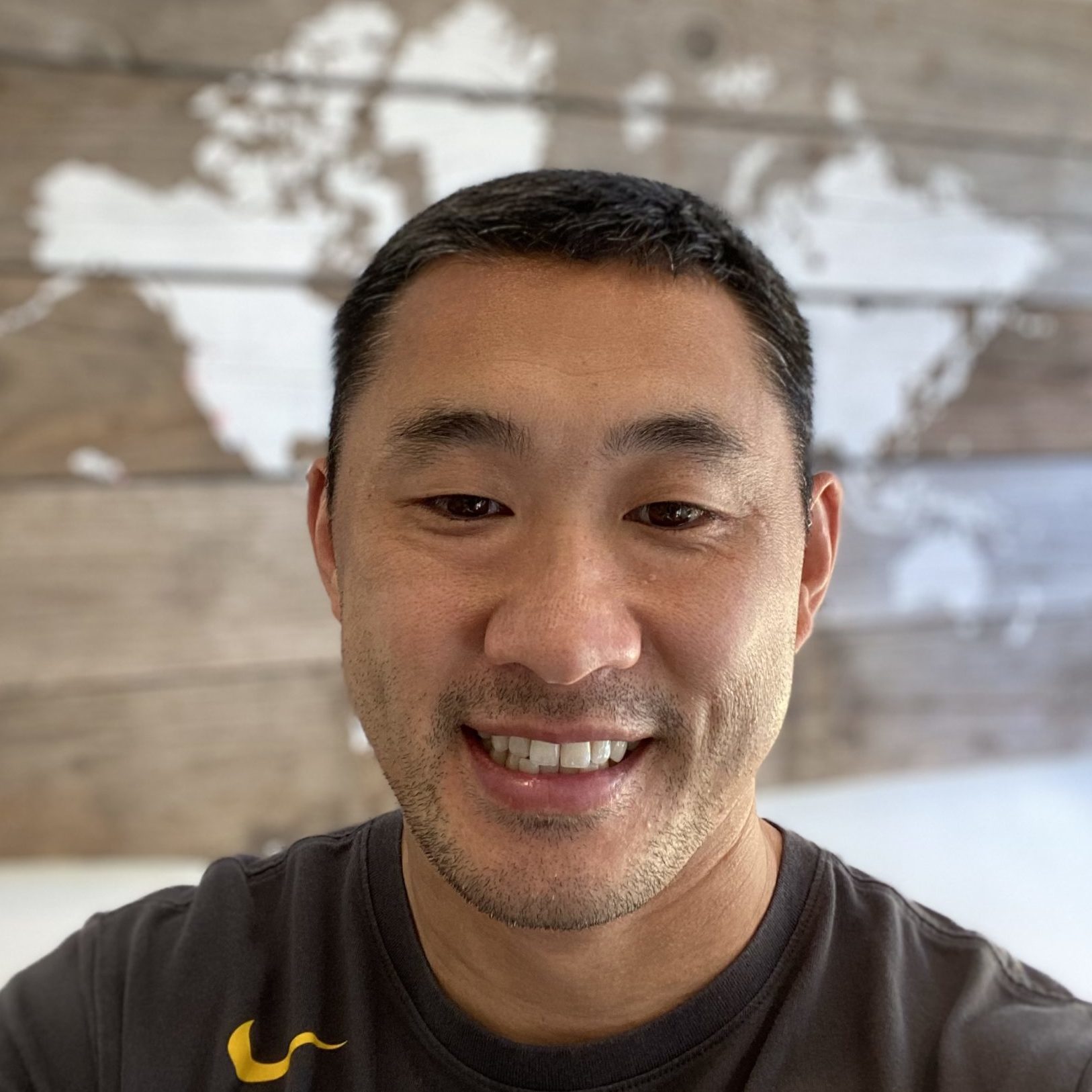
“We discussed that the purpose of government is to provide order, and a quote by James Madison: ‘If men were angels, no government would be necessary.’”
—Raymond Lie, United Educators of San Francisco
Raymond Lie, a social studies teacher at Giannini Middle School in San Francisco, says students were full of questions after lunch that day. Many shared that their phones had blown up with texts as the mob became increasingly violent.
“They wanted to know why people in Washington, D.C., were freaking out,” says Lie, a member of United Educators of San Francisco. “They wanted to know the significance of Jan. 6 and whether such events were normal during a transition of power.”
He explained that the Electoral College certification process is usually a low-key event where lawmakers confirm what voters have already decided. He shared that this year, some individuals believed President Trump’s claims that election results were falsified, despite having no proof and failing to win their argument in numerous courtrooms and even before the Supreme Court.
Lie showed students Hillary Clinton’s 2016 concession speech, so they could understand recent events in Washington were not normal.
“Students asked, ‘Why is Hillary Clinton telling the American people to give Donald Trump a chance to succeed? Why is she wishing him good luck?’ I explained that this is how it’s normally done, because otherwise, chaos ensues. We discussed that the purpose of government is to provide order, and a quote by James Madison: ‘If men were angels, no government would be necessary.’ We had a productive conversation and made it a teachable moment.”
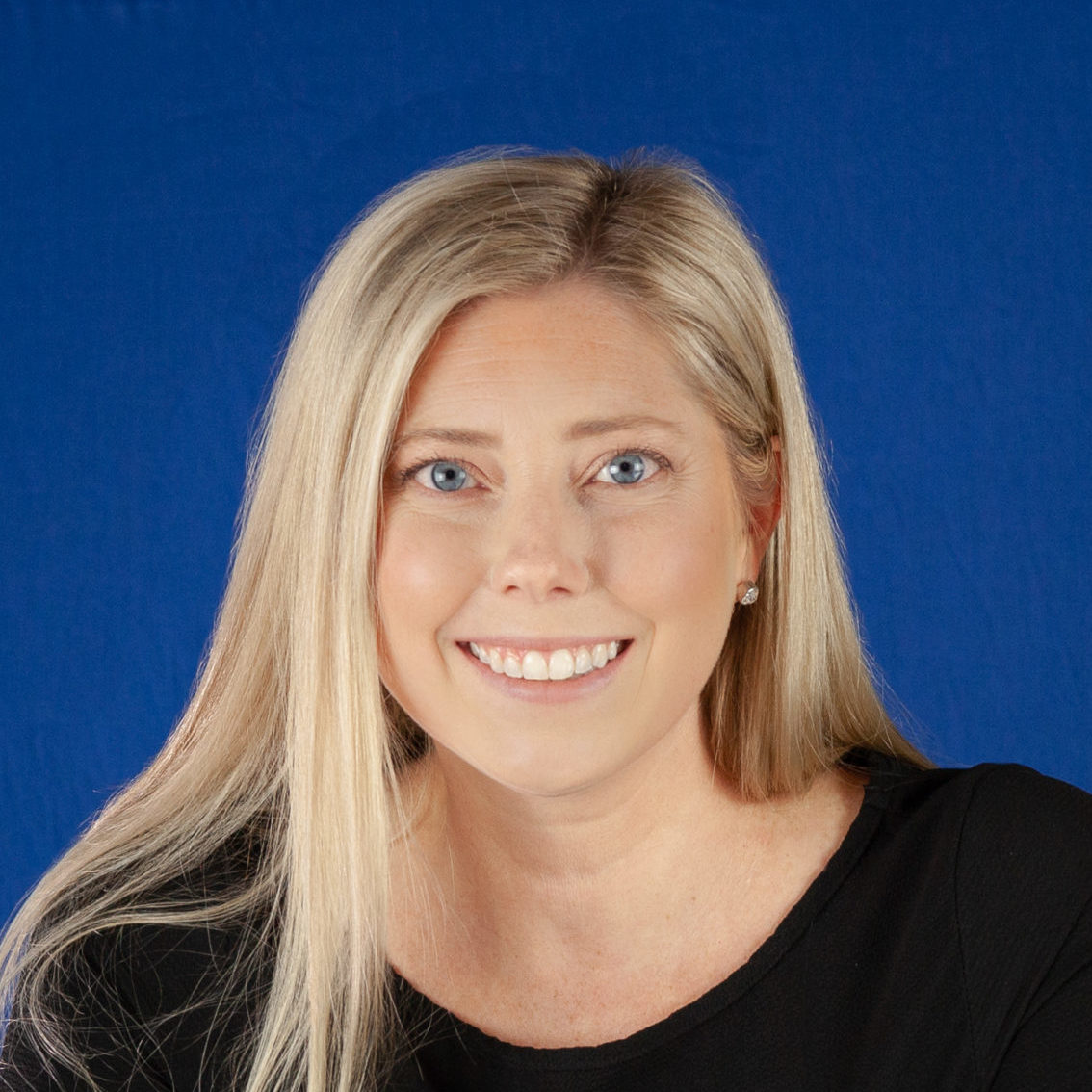
Katie Uppman
“[Our district’s slide show] explained that the Constitution and the First Amendment does not protect the right of people to be violent or prevent government from doing its job.” —Katie Uppman, Monterey Bay Teachers Association
Katie Uppman, a fifth grade teacher at Crumpton Elementary School in Marina, was pleased her district created a slide show to share with students on Jan. 7, to help them process events from the day before. It was important, says the Monterey Bay Teachers Association member, because some students were confused and fearful after watching images of the angry mob.
“The Monterey Peninsula School District deserves a shout-out because they created a beautiful slide show for teachers to use with students. It was very factual. It explained the difference between a protest and an insurrection. It explained that the Constitution and the First Amendment protects people’s right to protest and free speech, but it does not protect the right of people to be violent or prevent government from doing its job.”
It included questions for classroom discussions, asking students how they felt about what had happened and what they thought was at stake for America. The heartfelt discussions that followed in classrooms fostered critical thinking skills in students, she says.
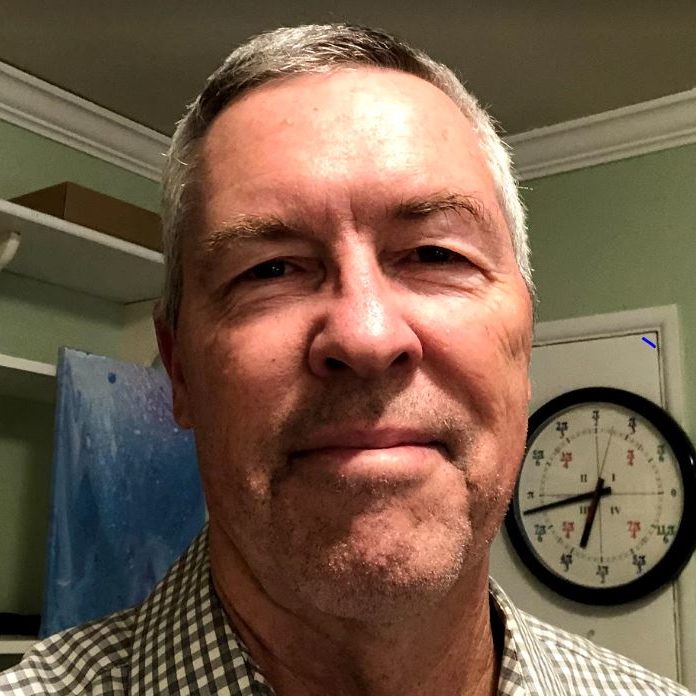
Kirk Taylor
“Students felt there was a great deal of hypocrisy. They expressed feelings of bewilderment and disappointment. … It was gratifying to hear them speak their minds so well.” —Kirk Taylor, Santa Barbara Teachers Association
Kirk Taylor, teacher at San Marcos High School in Santa Barbara, says his students discussed what happened during his check-in period at the beginning of classes on Jan. 7.
“I teach math, but we talked about it because it’s a big deal,” says the Santa Barbara Teachers Association member. “I wasn’t going to teach them about democracy, freedom or truth, because I don’t feel qualified to lead a discussion like that. But I wanted to hear what they had to say. So I asked them if they had watched the news the day before and what they thought about it.”
Many of his students said they believed Black Lives Matter protesters were treated more roughly by police in protests during the summer compared to white protesters at the Capitol.
“They felt there was a great deal of hypocrisy,” says Taylor. “They expressed feelings of bewilderment and disappointment. It was nice seeing them let loose, because often on Zoom there isn’t much dialogue. For me, it was gratifying to hear them speak their minds so well.”
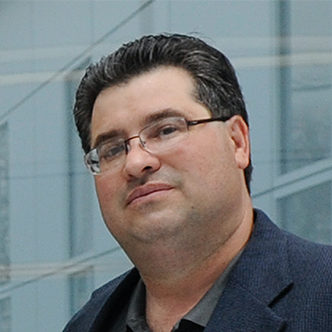
David Budai
“We talked about people believing in ‘alternative facts’ and that when you don’t research facts, it can lead to dangerous conclusions.” —David Budai, Coachella Valley Teachers Association
David Budai, a science teacher on special assignment and Coachella Valley Teachers Association member, talked with students about the importance of reaching scientific conclusions based on facts.
“We talked about people believing in ‘alternative facts’ and that when you don’t research facts, it can lead to dangerous conclusions. We discussed that ‘facts are facts,’ and you don’t have to give equal time to things you know are not true. The teachable moment for students was understanding that some people wanted to believe in something that wasn’t factual, and then they held on to an idea and let it grow and fester until it became their reality.”
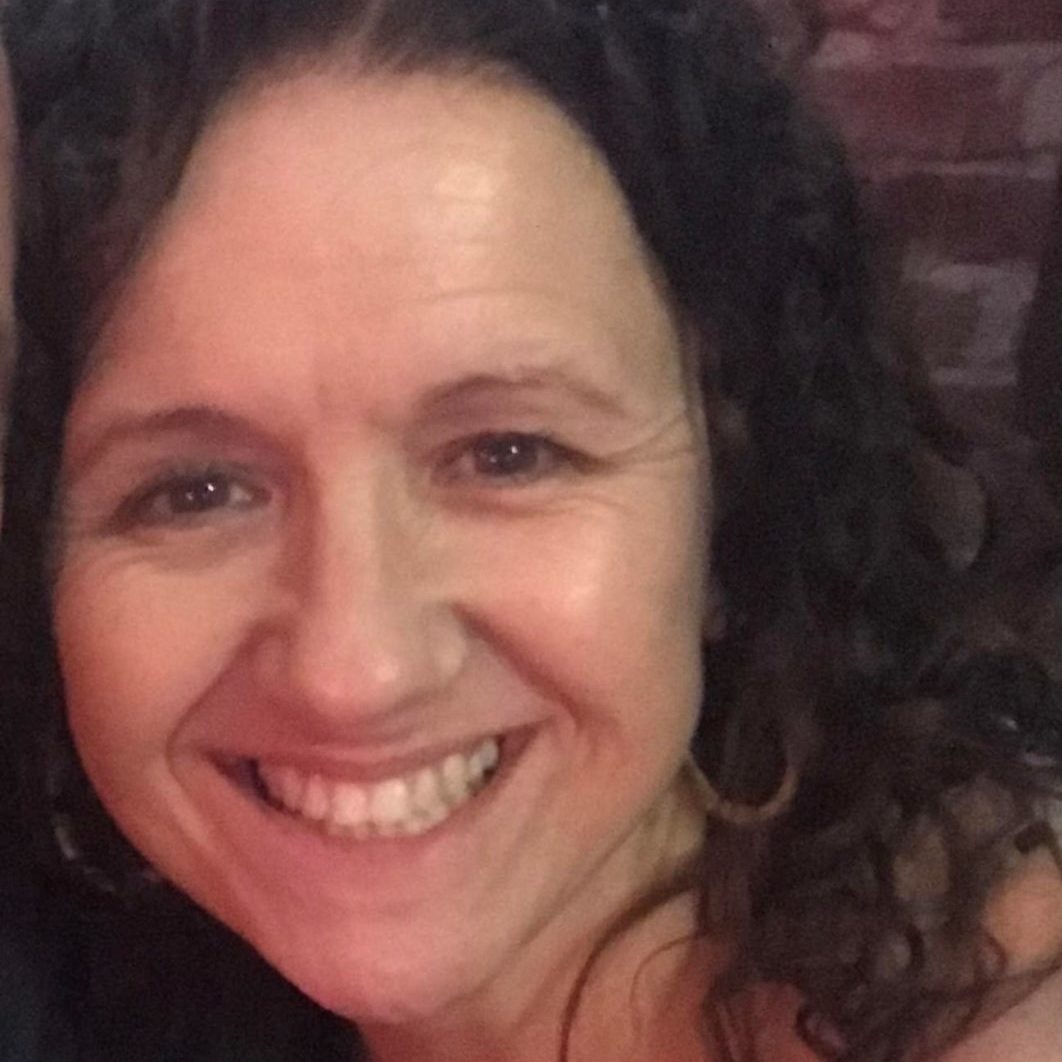
Dawn Matthews
“Even my students who identify as conservatives felt what they witnessed was pretty horrific and were upset about seeing police attacked at the Capitol.” —Dawn Matthews, Livermore Education Association
Dawn Matthews, AP U.S. history teacher at Livermore High School, tweaked a lesson from Facing History and Ourselves, an organization that uses lessons of history to challenge teachers and their students to stand up to bigotry and hate. She asked students to ponder a quote by James Baldwin: “American history is longer, larger, more various, more beautiful and more terrible than anything anyone has ever said about it.” She posed three questions: What did students know about what happened Jan. 6? What would they like to know? How did they feel about it?
“The biggest takeaway was that students believed a lot of misinformation had been circulating. They emphasized the importance of media literacy and accurate news sources, so that people can determine whether the information they are receiving is accurate or not,” says the Livermore Education Association member. “It was pretty clear they knew that a lot was at stake — the foundation of our democracy and the peaceful transfer of power.”
She was pleased that the discussion was unbiased and respectful of all views.
“Even my students who identify as conservatives and supporters of President Trump felt what they witnessed was pretty horrific and were upset about seeing police attacked at the Capitol.”
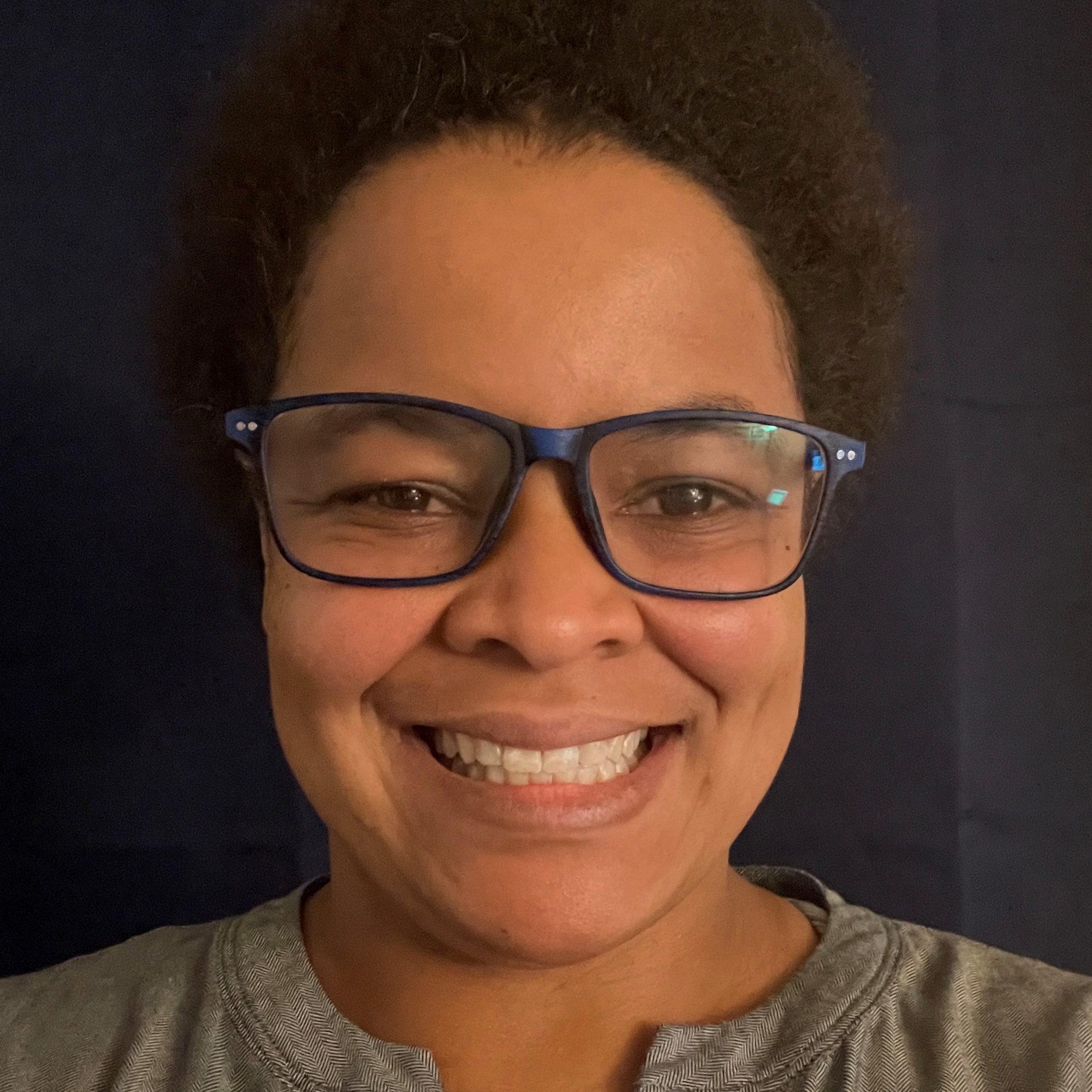
Jeni Williams
“From a special ed perspective, we used the event as a social-emotional learning moment. What happened in Washington offered my students a very valuable life lesson.” —Jeni Williams, Hayward Education Association
Jeni Williams’ discussion with students went in an entirely different direction, says the Hayward Education Association member who teaches students with mild to moderate disabilities at Glassbrook Elementary School.
Her sixth graders were struck by the extreme anger of those who invaded the Capitol building and said they had never seen adults behave that way. Students with special needs often have anger issues too, so she used the event as a discussion tool for how to deal with their emotions.
“We talked about what can make someone angry in general — and what kinds of things make them angry. Then we talked about things we can do to diffuse our anger, such as walking away, watching YouTube videos and giving yourself space.”
“From a special ed perspective, we used the event as a social-emotional learning moment,” says Williams. “What happened in Washington offered my students a very valuable life lesson.”
For more guidance, read “Talking to Kids About the Attack on the Capitol” here.